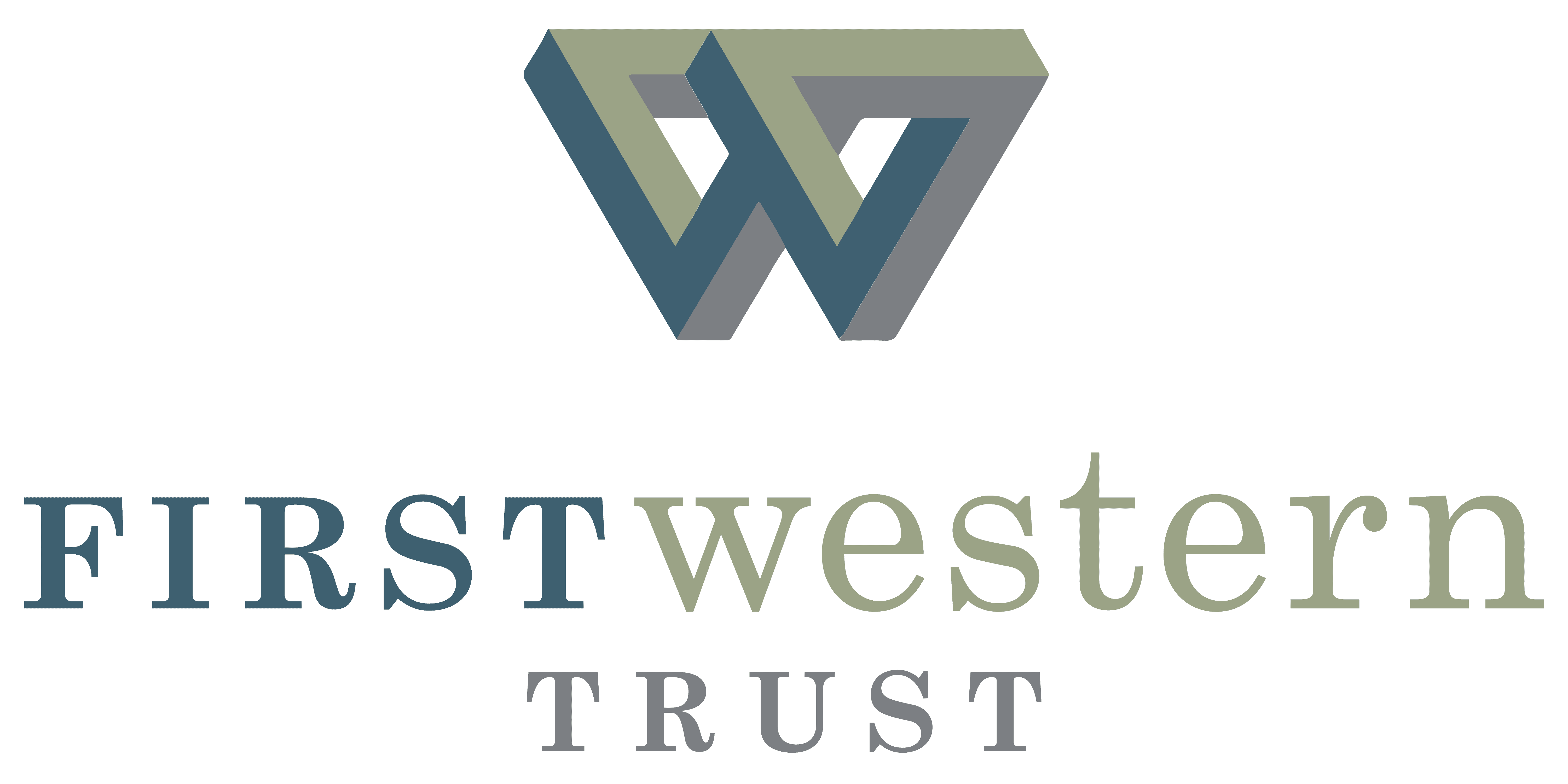
Creating an Effective Charitable Giving Plan
September 2, 2023
High-net-worth donors have access to various methods of intentional giving, including funding a charitable organization they believe in. By going ahead with the most suitable charity giving plan, donors can drive a purposeful mission and give back to the community while benefiting from tax benefits.
A strategic approach to family wealth philanthropy maximizes tax deductions while providing high-value gifts toward a cause, which helps create a lasting legacy. As such, it is important for high-net-worth individuals to prioritize a well-structured charitable giving strategy as a vital aspect of their wealth planning.

What is a Charitable Giving Plan?
A charitable giving plan refers to systematically managing and delivering donations to selected nonprofits and community groups. Having a charitable giving plan offers tax benefits or deductions in return for the individual’s contributions.
Aside from providing immediate tax benefits, a strategic giving plan also contributes to long-term high-net-worth tax planning. These include estate planning and tax considerations, where donated assets can help reduce a donor’s tax liability.
Family Wealth Philanthropy Models
Selecting a suitable family wealth philanthropy model helps donors maximize the impact of their contributions while acquiring specific tax-related benefits.
Charitable Trusts
High-net-worth donors may choose to give via a charitable trust model that directs contributions to one or more charitable organizations while providing the donor with tax relief and similar benefits.
Trusts often serve as an integral component of high-net-worth tax planning by guiding donors toward specific charitable giving plans. The most popular charitable trusts include charitable remainder trusts (CRTs), Charitable lead trusts (CLTs), and charitable lead annuity trusts (CLATs).
CRTs
Donors contribute to the CRT, which provides appointed donors a regular (fixed or variable) income stream for a specified time. Subsequently, the CRT distributes the remaining assets to charitable organizations. Donors receive a tax deduction based on the assessed value of their future charitable contributions while having the option of receiving an income stream in the process.
CLTs
The trust functions opposite CRTs by providing regular (fixed or regular) contributions to a charitable organization for a set period before releasing the remaining amount to appointed beneficiaries.
CLATS
Similar to CLTs, donors regularly contribute to charitable organizations; however, the payment comes in the form of fixed annuities.
The Donation of Appreciated Stocks
High-net-worth donors may choose to donate their appreciated stocks to a charitable organization as it does not result in taxation of their capital gains. This means donors can donate more to the charity than would be the case if donors sold their stocks, paid the necessary taxes, and donated the final amount.
Charitable organizations are also not taxed for selling donated stocks, providing beneficiaries
with full value.
Donor Advised Funds
Donor-advised funds (DAF) are accounts managed by a charitable sponsoring organization. High-net-worth donors can donate cash and security to a DAF and choose the frequency of donations and their preferred grants with each contribution. DAF donors receive tax benefits upon making a contribution, which amounts to up to 60% of their adjusted gross income (AGI) for cash donations.
A DAF arrangement is popular among high-net-worth donors due to the model’s flexibility. DAF donors receive immediate tax benefits even for donations that do not process or occur within the same year as their initial contribution. For example, donors may provide a lump sum, instructing their DAF on the contribution strategies spread across multiple charities for several years.
The amount invested within a DAF continues to grow without taxation, so donors can continuously contribute to their beneficiaries without additional financial considerations. Donors need to confirm the details of their contributions before transferring cash or assets to a DAF, as the funds are irrevocable.
Tips For Improving Charitable Giving Strategies
High-net-worth donors may tap into other financial outlets to help them yield the highest tax benefits while they support their preferred charitable causes. Applying the following strategies can help beneficiaries receive greater value while reducing the effects of taxation.
Strategize with Tax Loss Harvesting
Tax loss harvesting helps donors boost family wealth philanthropy efforts by selling underperforming stocks, which reduces their taxable capital gains. The strategy works ideally in high-volatility environments that leverage more loss opportunities to offset capital gains for greater charitable deductions.
Bunch with DAFs
Bunching is an effective charitable giving technique, particularly with DAF models. The process involves contributing years of gifts spread across time while immediately benefiting from a greater deduction for a single tax year.
Consider QCDs
Donors aged 70½ and above may consider donating up to $100,000 from their individual retirement account (IRA) to a qualified charity (i.e., 501(c)(3) Organizations). While the process does not count as a tax deduction, it reduces the total amount of taxable income, which helps with standard deduction considerations.
Closing Thoughts
With the vast availability of advanced charitable giving options and tax considerations, family wealth philanthropy is, more often than not, simply about writing an annual check to a favorite nonprofit.
It is beneficial for high-net-worth donors to work closely with a certified wealth management specialist to help them discover the most impactful and tax-friendly giving plan tailored to their family wealth philanthropy goals.
The wealth management specialists at First Western Trust offer decades of specialized experience collaborating with high-net-worth donors in making the most prudent financial decisions based on a comprehensive assessment of their goals and interests. Our team is here to help every donor craft their personal wealth story and leave the lasting legacy they always wanted.
Investment and insurance products and services are not a deposit, are not FDIC insured, are not insured by any federal government agency, are not guaranteed by the bank, and may go down in value. This information is not legal, investment, accounting or tax advice and is for informational purposes only. Readers should not rely on this information as a substitute for their own research or for obtaining legal, accounting or tax advice from their own counsel. Information is current as of August 18, 2023 and is subject to change without notice.













